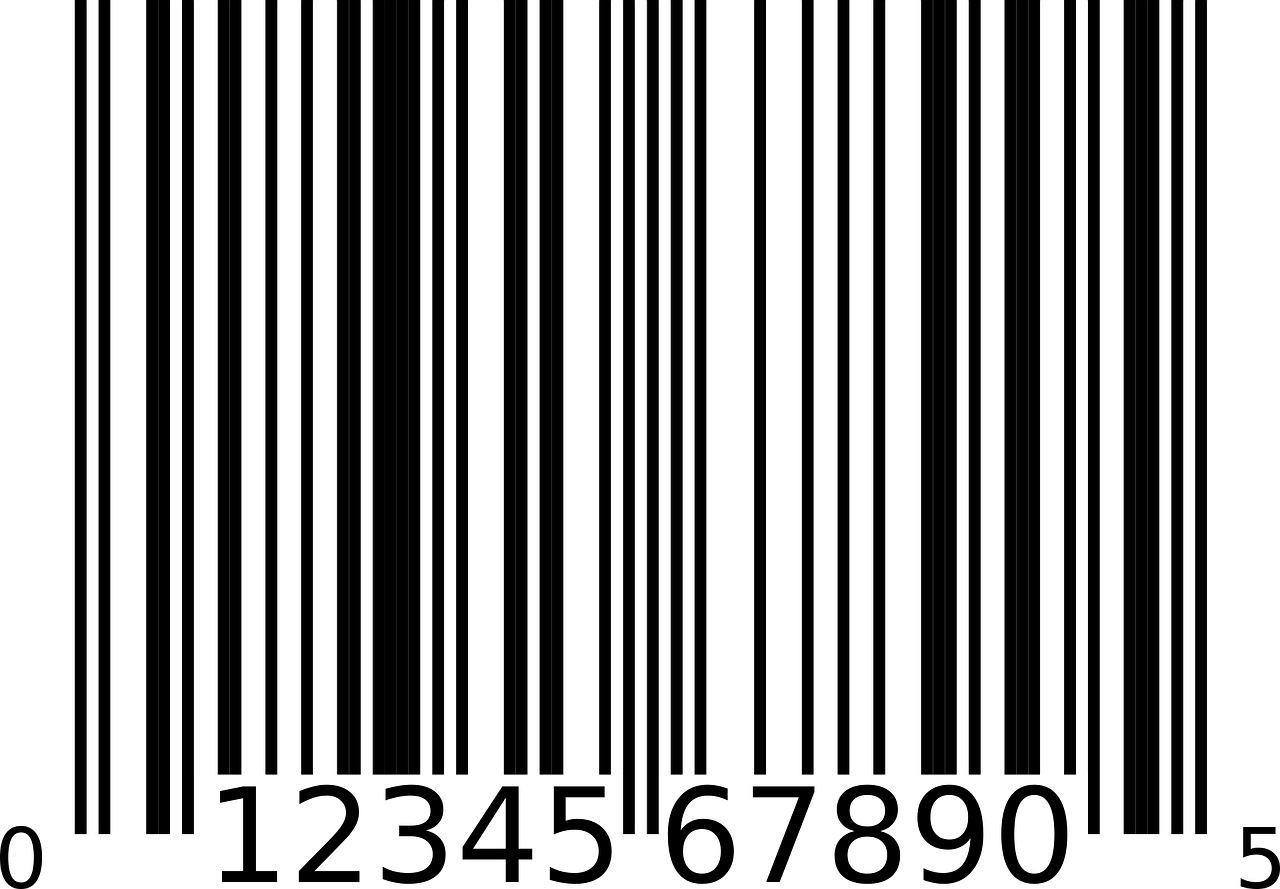TRAINER: Ecommerce and Counterfeits: A Fluid Enforcement Environment

Amazon attracted headlines on Jan. 14 when Reuters reported that Amazon plans to share data about counterfeit goods with law enforcement. The report stated that Amazon, an ecommerce and technology company, may begin sharing merchant and company names, product and contact information after Amazon confirms the sale of fakes.
Ecommerce in the U.S. is big business estimated to have accounted for $514 billion dollars in 2018. The availability of counterfeit goods on online platforms has created a major challenge regarding the fight against sales of fakes. The Government Accountability Office (GAO) conducted test buys of certain popular brands on five of the largest ecommerce platforms from third-party sellers, reporting that over 40 percent of those targeted purchases were counterfeit.
The proposed practice that Amazon seeks to adopt by providing information to law enforcement seems worthy of additional discussion. If the five platforms that the GAO purchased from were to adopt the practice of handing over information, it begs a number of questions.
The questions arise from the fact that consumers are likely seeing tens of millions of platform pages each month offering suspected infringing goods. One report estimates that in one month, Amazon alone may have as many as 17 million pages of suspect goods available for viewing by consumers. Given these estimates of online activity and the number of counterfeit goods offered on platforms, would these platforms be able to provide the information to law enforcement in a usable form? How would the platforms prioritize the information and what information would they transmit to law enforcement? Would law enforcement be able to efficiently receive the information? Would law enforcement be so overwhelmed that it would lead to inaction?
The speed of ecommerce growth has increased the volume of counterfeit goods offered. Increased volume and improved methods of creating counterfeits make identification of counterfeit goods more difficult. If major platforms move toward Amazon’s practice of sending data to law enforcement, this could simply shift the burden to law enforcement. The sheer number of counterfeits undermines the ability of law enforcement to stay abreast of such illegal activity.
The problem with ecommerce growth in counterfeit goods includes public safety issues. For example, the toy industry is made up of companies that are concerned about counterfeits and risks associated with their products. Recently, The Toy Association issued a white paper that recommended that marketplaces proactively screen sellers and products, require sellers to demonstrate legitimacy and safety of product and institute product tracking, and require sellers to provide evidence that their products are authorized.
Given the challenges of counterfeit goods in the ecommerce environment, platforms, intellectual property owners and law enforcement are all parties to the effort to combat the problem. It seems, however, that enforcement to prevent the trade in counterfeit goods should be as much a priority with those entities involved in shipping/transporting goods as it is with any other entity in the commercial supply chain.
The Toy Association’s recommendations are already being implemented by one technology firm, Preclear. Preclear is a participant in Customs and Border Protection’s data collection pilot program. In an effort to ensure that goods that violate intellectual property or items that may violate Consumer Product Safety Commission rules do not arrive in the U.S., Preclear’s China operation already requires data about each item in each shipment before it ships items to the U.S.
It is important to know that Preclear has, on its own initiative, developed and implemented technology that addressed a number of the recommendations found in The Toy Association’s white paper. The fact that proactive actions are already being taken provides a basis for discussion about what can or should be done in order to reduce the threats posed by counterfeit goods and reduce the flow of goods that may pose a public health and safety risk.
Given the demands on all the entities engaged in ecommerce, the solution should not be to shift more of the burden upon law enforcement. And, as The Toy Association points out, ecommerce platforms should have a significant role in combatting the menace of counterfeit goods. Finally, there is a significant and bigger role that shippers/transport companies can play in preventing counterfeit and potentially dangerous goods from ever leaving the country of manufacture. Companies and entities such as Preclear, The Toy Association and Amazon should engage in a broader dialogue to determine what can be done now — as opposed to years from now — to protect the valuable intellectual property assets of companies, and more importantly to protect the health and safety of consumers.
This post was written by Timothy Trainer, a co-author of Customs Enforcement of Intellectual Property Rights, published by Thomson Reuters. Follow Trainer on Twitter @TTrainerglobal.